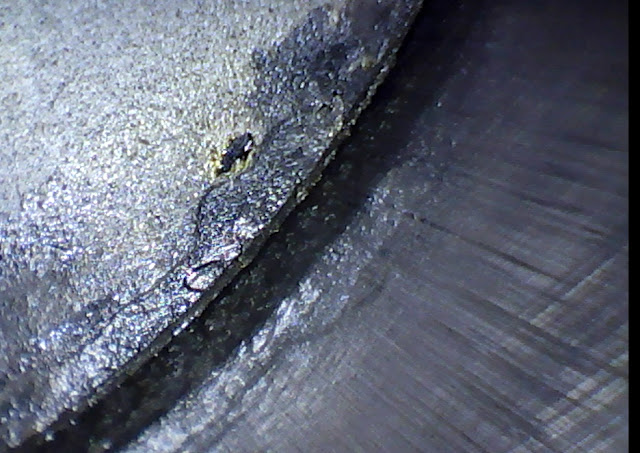LettersFromFlyoverCountry
Well Known Member

As I mentioned earlier, I was a little non-plussed that the compression in the #3 cylinder had fallen to 71/80, when it was 79/80 or so in January.
I couldn't find any reason for it. I didn't hear any air escaping during test, although I don't have very good hearing and I was kind of busy holding the prop under pressure to keep it from spinning.
So I bought a boroscope, the one Kevin Horton recommended -- the Vividia VA-400 -- which I think is a pretty nice piece of equipment for $149.
Last evening I had a look. Here, go on a 12-minute tour if you can stay awake.
My pal, Mike Hilger stopped by and looked and didn't see anything funny here but then a guy on Facebook said "pull the jug and fix the broken ring."
But what broken ring?
I don't know what a broken ring looks like.
Would appreciate people having a look.
Last edited:




